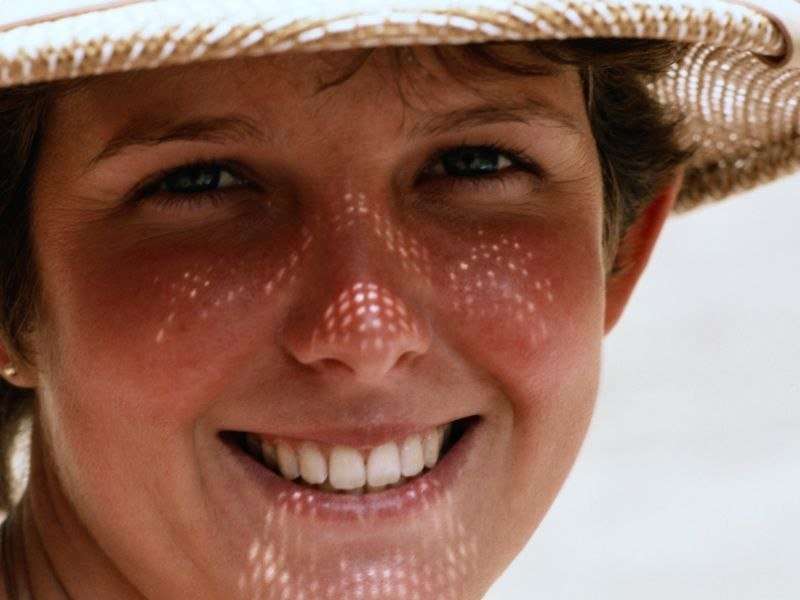(HealthDay)—It looks like public health efforts to warn younger Americans about the dangers of tanning beds and sun exposure are paying off.
Rates of the deadly skin cancer known as melanoma have dropped among Americans aged 15 to 44, a new report from the U.S. Centers for Disease Control and Prevention shows.
Unfortunately, baby boomers who baked themselves in baby oil during their youth are now paying the price as they age, with more than 70 percent of melanoma cases now being diagnosed in those over 55.
Dr. Doris Day, a dermatologist at Lenox Hill Hospital in New York City, said the warnings about the dangers of ultraviolet (UV) ray exposure are working.
"The study shows that melanoma is decreasing slightly among younger adults, which is an indication that our efforts to ban indoor tanning among minors, and educate children and teens about the dangers of sunburns and tanning is having an impact," she said.
If this trend continues, then cases of melanoma should eventually decline in all age groups, Day added.
"I would hope and expect that as this data is collected over decades, we will also see the older population have a corresponding decrease in melanoma rates as we see their exposure to UV rays decrease in their early years," she said.
Melanoma is the third most common type of skin cancer, said the study's lead researcher, Dawn Holman, a behavioral scientist in the CDC's Division of Cancer Prevention and Control. Each year, more than 70,000 people in the United States are diagnosed with it, and more than 9,000 die from it, the report noted.
"Melanoma is often caused by overexposure to UV rays from the sun or artificial sources like tanning beds," Holman said.
The steady increase in melanoma rates among older adults indicates a need to continue promoting sun safety throughout adulthood, she added.
But, "the slight decrease in melanoma rates among younger adults is good news and may be related to a decrease in UV exposure among younger age groups," Holman explained.
For the study, the investigators used data from the CDC's National Program of Cancer Registries and the U.S. National Cancer Institute's Surveillance, Epidemiology and End Results Program.
The researchers found that the rate of melanoma increased significantly between January 2005 and December 2014 among all white adults.
However, when broken down by age groups, melanoma rates decreased among whites aged 15 to 44, Holman said. "We observed similar patterns when examining trends among men and women separately," she added.
Specifically, melanoma rates among white men ranged from 2 per 100,000 among those aged 15 to 24, to nearly 200 per 100,000 among those older than 85.
Among white women, rates ranged from nearly 5 per 100,000 among those 15 to 24, to nearly 61 per 100,000 among those older than 85, the researchers found.
People of all ages can benefit from protecting their skin, Holman said.
"Plan ahead and make sun protection part of your routine. When spending time outdoors, wear protective clothing, apply sunscreen on exposed skin and seek shade, especially during midday when the sun is most intense," she suggested.
This combined approach works better than relying on sunscreen alone, she added.
Moreover, people should avoid sunbathing and indoor tanning altogether. "Simply put, tanning your skin is damaging your skin," Holman said.
The report was published online Jan. 31 in the journal JAMA Dermatology.
More information: Dawn Holman, M.P.H., behavioral scientist, Division of Cancer Prevention and Control, U.S. Centers for Disease Control and Prevention; Doris Day, M.D., dermatologist, Lenox Hill Hospital, New York City; Jan. 31, 2018, JAMA Dermatology, online
For more on melanoma, visit the American Cancer Society.
Journal information: JAMA Dermatology
Copyright © 2018 HealthDay. All rights reserved.





















